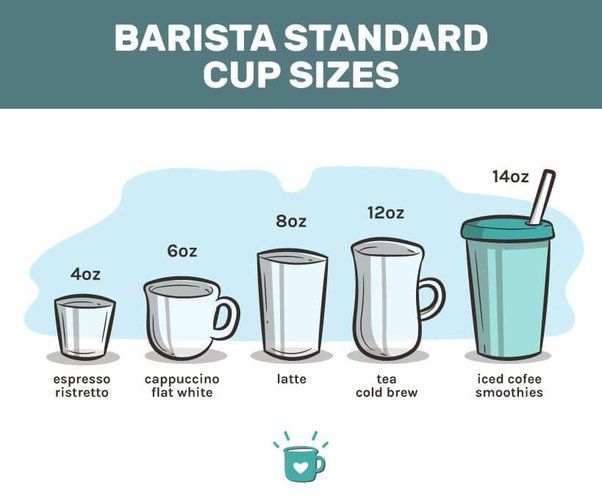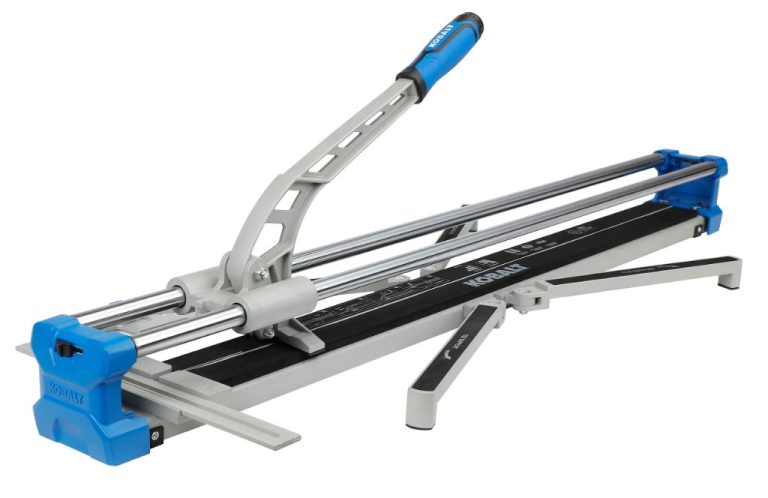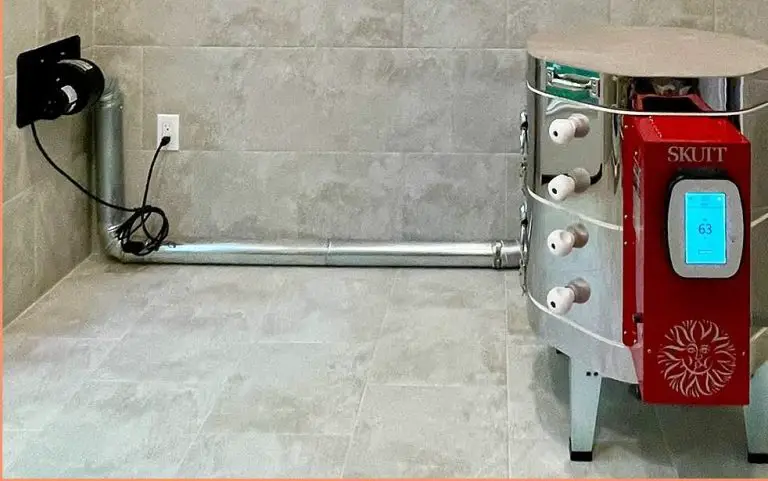Is A Cup Of Coffee 6 Or 8 Oz?
Coffee cup sizes can vary greatly depending on the setting. At coffee shops, cups often come in sizes like 12 oz, 16 oz, or 20 oz. Restaurants may serve coffee in mugs around 10-14 oz. For home brewing, standard US cup measurements are 8 oz. So when someone refers to a “cup” of coffee, the actual volume can differ quite a bit based on where it’s being served. Though 8 oz is considered the standard US cup size, coffee cup volumes range widely from 6-20 oz depending on the specific circumstances.
Coffee Shop Cup Sizes
Coffee shops offer a range of cup sizes for their hot and cold coffee drinks. Some of the most common sizes are 12 oz, 16 oz, 20 oz, and 24 oz cups. Starbucks, one of the largest coffee chains, uses the following cup sizes:
- Small – 12 oz
- Medium – 16 oz (known as “Grande”)
- Large – 20 oz (known as “Venti”)
Other major chains like Dunkin’ Donuts, Peet’s Coffee, and Caribou Coffee have similar sizing between 12-24 oz for small, medium, and large drinks. The typical 12 oz is considered a “short” or “tall” size while a 16 oz cup is a “grande” or medium, and the 20-24 oz sizes are “venti” or “extra-large.”
According to https://crosslakecoffee.com/blog/starbucks-cup-sizes/, Starbucks popularized Italian names for cup sizes which many other coffee shops have adopted. Other chains may vary in exact ounce amounts, but the small, medium, large format spanning 12-24 oz is fairly standard across the major coffee shop brands.
Restaurant Coffee Cup Sizes

When ordering coffee at a restaurant, you’ll typically be served a cup that holds between 6-8 ounces of coffee. There is no universally standard size for restaurant coffee cups, so the exact amount can vary from one establishment to another.
Many restaurants use cups that contain 6 ounces of coffee. This is considered the traditional “cup” size and approximates the amount that would be brewed by a standard home coffee maker. A 6 ounce cup provides a reasonable amount of coffee for most patrons.
However, some restaurants may opt for slightly larger 8 ounce coffee cups. This gives patrons a bit more beverage without requiring constant refills. The extra couple ounces accommodates cream and sugar too. High volume establishments like diners and cafes sometimes utilize these marginally bigger cups.
There are also independent coffee shops and high-end restaurants that use specialty coffee cups sized as small as 4 ounces or as large as 12 ounces. The cup size often depends on factors like the style of coffee being served, whether free refills are offered, profit margins, and customer expectations.
Overall, coffee drinkers can expect their restaurant coffee cup to hold between 6-8 ounces. But the exact capacity can shift based on the individual establishment’s priorities and service style.
Home Brewing Cup Sizes
For home coffee brewing, the most common cup size is typically 6 oz or 8 oz. These sizes work well for a standard mug or cup that people would use at home. According to Homegrounds.co, the standard sizes for home brewing range from 30ml up to 295ml, which converts to about 1 oz to 10 oz [1]. So the 6-8 oz size fits within the common range.
Some people may use larger mugs or travel mugs for home brewing, which can hold 10-12 oz or even up to 16 oz. Specialty coffee mugs are available in many sizes. However, the standard base size that works for most drip coffee makers is a 6 or 8 oz cup.
Single serve coffee makers like Keurig brew K-cups, which are designed to brew around 10 oz of coffee. So K-cups represent a slightly larger single cup size compared to the traditional 6-8 oz mug.
Cup Size Variation Factors
Coffee cup sizes can vary significantly based on the country, region, cafe, and consumer preferences. Some of the key factors that influence coffee cup sizes include:
Country and Regional Differences: Countries like Australia and parts of Europe tend to use smaller cup sizes than the large cups common in North America. For example, a “small” coffee in Australia is often just 8 oz, compared to 12 oz for a US “small.” These regional differences stem from cultural norms and consumer expectations.
Changing Consumer Preferences: Over time, coffee cup sizes have increased due to consumer demand for larger portions. For instance, Starbucks popularized the 16 oz “Grande” as a medium size in the 1990s, when 12 oz was previously standard. The 20 oz “Venti” was introduced later as an even larger option. This “upsizing” reflects shifting consumer preferences.
Marketing Tactics: Larger cup sizes are often used as a marketing tactic to provide greater value for the price. Cafe chains promote larger sizes like “Supersize” or “Big Gulp” to boost sales. However, critics argue this encourages overconsumption of coffee.
Nutrition Info for Different Cup Sizes
The amount of caffeine and calories in coffee can vary quite a bit depending on the cup size. Here’s a comparison:
A 6 oz cup of black coffee contains approximately:
- Calories: 2-5 calories (1)
- Caffeine: 60-100 mg (2)
An 8 oz cup (the typical restaurant/coffee shop serving size) contains approximately:
- Calories: 3-7 calories (1)
- Caffeine: 80-133 mg (2)
A 12 oz “grande” cup at coffee shops contains approximately:
- Calories: 5-10 calories (1)
- Caffeine: 120-200 mg (2)
A 16 oz “venti” sized cup contains approximately:
- Calories: 6-13 calories (1)
- Caffeine: 160-267 mg (2)
As you can see, the caffeine content rises quite dramatically as the cup size increases. The calories increase as well, but not significantly since black coffee is very low calorie to begin with.
When adding milk, cream, sugar, and other extras the calorie count will increase substantially for larger cup sizes. For example, a 16 oz Starbucks Caffè Mocha with whole milk and whipped cream contains over 400 calories (3).
So in terms of nutrition, larger cup sizes pack much more caffeine and can greatly increase calorie intake if adding extras.
(1) https://www.healthline.com/nutrition/coffee-calories
(2) https://www.caffeineinformer.com/the-caffeine-database
(3) https://www.starbucks.com/menu/catalog/nutrition?food=all
Environmental Impact
Larger disposable coffee cup sizes lead to more paper cup waste. According to a report by https://huskee.co/blog/the-environmental-effect-of-disposable-coffee-cups/, the production and disposal of paper cups contributes significantly to global warming and pollution. Less than 1% of disposable coffee cups are recycled, with most ending up in landfills. The paper cups decompose anaerobically in landfills, generating methane which is a potent greenhouse gas.
Brewing larger amounts of coffee also requires more water and energy. An 8 oz cup takes more resources to produce compared to a 6 oz cup. With larger disposable cup sizes becoming the norm at many coffee shops, the environmental impact from increased paper cup waste and water/energy usage is substantial. Consumers should be mindful of cup sizes and consider reusable options when possible.
Recommendations for Consumers
When buying coffee, it’s important for consumers to know typical cup sizes to determine how much caffeine they want to consume. According to the Gossby mug size guide (https://gossby.com/en-us/blog/mug-sizes-guide), a standard coffee mug size is around 8-10 oz. However, sizes can vary from 2 oz espresso cups up to 16 oz and larger cafe mugs. Knowing your caffeine tolerance and targeting the ideal cup size for your needs is recommended.
Reusable mugs are an eco-friendly option to control portion sizes. The Shutterfly coffee mug size guide (https://www.shutterfly.com/ideas/coffee-mug-sizes/) states that typical reusable mugs range from 12-20 oz. Using a reusable mug allows you to brew the optimal amount at home without waste.
For home brewing, Holli Coffee (https://hollicoffee.com/coffee-mug-sizes-chart/) recommends an 8-12 oz mug size. This allows enough room for cream and sugar while optimizing the coffee’s aroma and flavor. Larger mugs can lead to the coffee tasting diluted or overextracted. Focus on finding your perfect at-home mug size for enjoying coffee just the way you like it.
The Future of Cup Sizes
There is no clear answer as to what the future of coffee cup sizes will be. Some people believe that smaller cup sizes may become more popular as consumers become more health conscious and want to limit caffeine intake. Companies like Starbucks have already introduced shorter sizes like 8 oz “short” drinks in response to this demand (https://medium.com/@sipyet/the-height-of-a-standard-coffee-cup-sip-yet-eea7b4a91053).
However, others argue that larger cup sizes allow coffee shops to charge more, so there will always be demand for bigger drinks. There could be more standardization as major chains like Starbucks and Dunkin’ push for consistency across locations. But local coffee shops may continue to use their own unique cup sizes as part of branding.
Ultimately the future of cup sizes will likely depend on changing consumer preferences and how companies market different sizes. More health-conscious consumers may push for smaller standard sizes, while larger cups could remain popular for premium beverages. The coffee industry will need to find the right balance between standardization and providing options to satisfy diverse tastes.
Conclusion
As we’ve seen, the standard U.S. cup size is 8 fluid ounces. However, coffee cup sizes can vary quite a bit depending on the setting. Coffee shops often use 12, 16, or even 20 oz cups for their drinks. At home, many people use 6 oz or smaller cups for brewing. And cup sizes for espresso-based drinks are generally smaller, around 1-2 oz.
This variation in sizing can impact nutrition, with larger cups containing more caffeine and calories. It also affects environmental waste, since larger cups use more resources. When deciding what size to purchase, consumers should consider their own preferences around taste, caffeine intake, and budget. Standardizing on a personal cup size may help reduce overconsumption.
Going forward, we may see more coffee shops advertising exact fluid volumes, allowing customers to better understand just how much they are getting. More cafes could also charge based on size, rather than offering self-serve “bottomless” cups. But for now, paying attention to cup capacity is an important way for coffee drinkers to be informed about what they consume.



